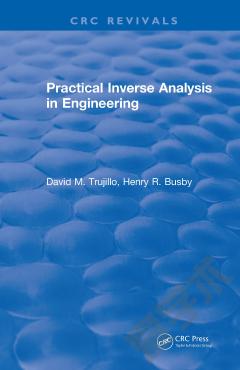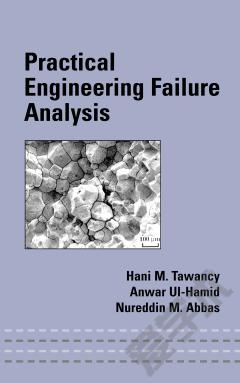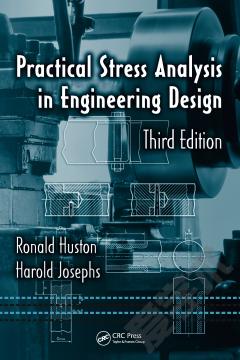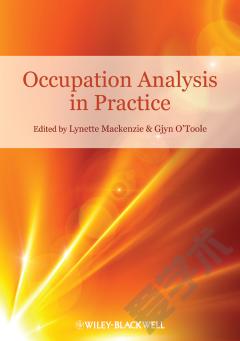Practical Inverse Analysis in Engineering (1997)
Continuing advances in computer technology have made it possible for engineers and scientists to construct increasingly realistic models of physical processes. Practical Inverse Analysis in Engineering addresses an important area of engineering that will become even more significant to engineers and scientists - combining measurements with engineering models. This self-contained text presents applied mathematical tools for bridging the gap between real-world measurements and mathematical models.The book demonstrates how to treat "ill-conditioned" inverse analysis problems - those problems where the solution is extremely sensitive to the data - with the powerful theory of dynamic programming. A second theory, generalized-cross-validation, is also discussed as a useful partner in handling real data. The material in the book, much of it published for the first time, presents theories in a general unified setting, so readers can apply the information to their models. A disk containing DYNAVAL programming software lets readers try the methods presented in the text.
{{comment.content}}








 京公网安备 11010802027623号
京公网安备 11010802027623号